Home>Gardening & Outdoor>Outdoor Recreation & Activities>How To Remove Water From A Swimming Pool Cover
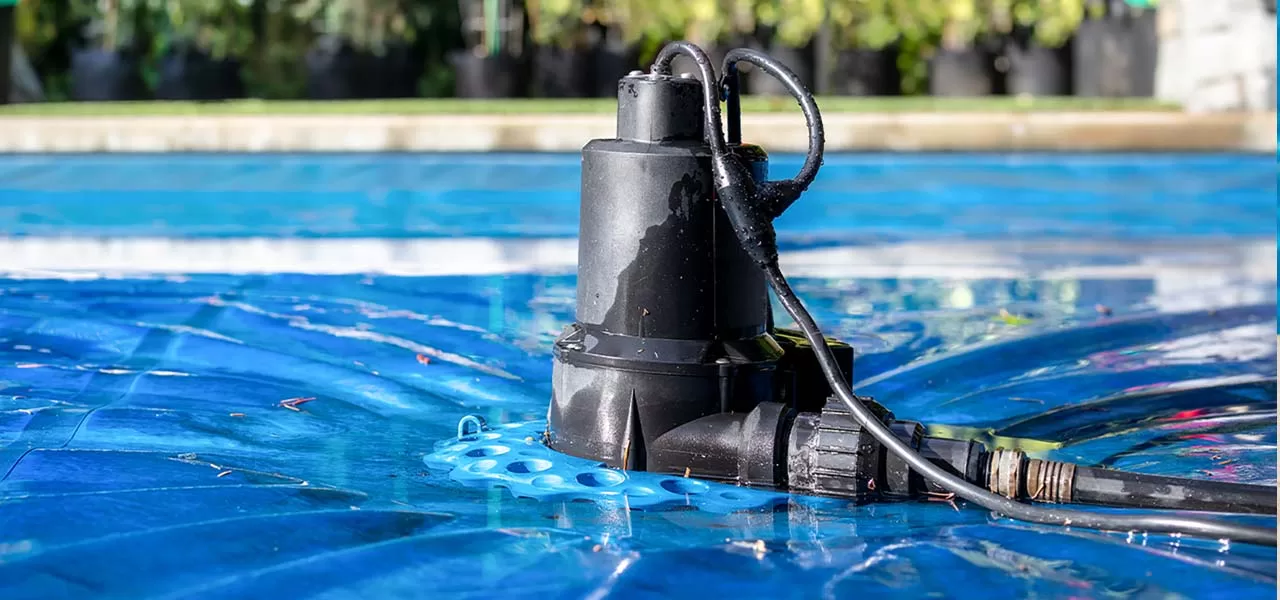

Outdoor Recreation & Activities
How To Remove Water From A Swimming Pool Cover
Modified: August 17, 2024
Learn how to effectively remove water from your swimming pool cover with our expert tips and techniques for outdoor recreation and activities. Keep your pool cover clean and well-maintained with our helpful advice.
(Many of the links in this article redirect to a specific reviewed product. Your purchase of these products through affiliate links helps to generate commission for Storables.com, at no extra cost. Learn more)
Introduction
Maintaining a clean and well-maintained swimming pool cover is essential for preserving the quality and longevity of your pool. One common issue that pool owners encounter is the accumulation of water on the cover, which can lead to damage if not properly addressed. In this comprehensive guide, we will explore effective methods for removing water from a swimming pool cover, ensuring that your pool cover remains in optimal condition.
When left unattended, stagnant water on a pool cover can create a breeding ground for algae and bacteria, compromising the cleanliness of the pool water when the cover is removed. Additionally, the excess weight of the water can cause the cover to sag, potentially leading to tears or stretching. By promptly and effectively removing water from the cover, you can prevent these issues and prolong the lifespan of your pool cover.
Whether you have a solid or mesh pool cover, the methods outlined in this guide are applicable and can be tailored to suit your specific cover type. From utilizing specialized pumps to employing simple household tools, we will cover a range of techniques that cater to different preferences and resources. By following these steps, you can ensure that your pool cover remains free from excess water, allowing for a hassle-free and enjoyable pool maintenance experience.
By taking proactive measures to address water accumulation on your pool cover, you can not only protect your investment but also streamline the process of opening your pool for the season. With the insights provided in this guide, you will be equipped with the knowledge and techniques needed to effectively remove water from your swimming pool cover, contributing to the overall cleanliness and longevity of your pool. Let's dive into the step-by-step methods to tackle this common issue and ensure that your pool cover remains in top condition.
Key Takeaways:
- Keep your pool cover clean and well-maintained to prevent water accumulation, which can lead to damage and algae growth. Use tools like sump pumps, pool cover pumps, and wet/dry vacuums for efficient water removal.
- After removing water from your pool cover, allow it to dry completely in sunlight to prevent mold and odors. Regular maintenance ensures a clean and long-lasting pool cover for future use.
Read more: How To Remove Iron From Swimming Pool Water
Step 1: Clear Debris from the Cover
Before addressing the water accumulation on your swimming pool cover, it's crucial to clear any debris that may be present. Debris such as leaves, twigs, and dirt can hinder the effectiveness of the water removal process, making it essential to start with a clean surface.
Begin by using a pool skimmer or leaf net to gently remove any visible debris from the cover. Take care to avoid dragging the debris across the cover, as this can potentially cause tears or damage. Instead, use a gentle scooping motion to lift the debris off the cover's surface.
For solid pool covers, a leaf blower can be an effective tool for clearing debris. By using the blower on a low setting, you can gently dislodge and remove leaves and other lightweight debris without causing damage to the cover. This method is particularly useful for larger debris that may be challenging to remove manually.
In the case of mesh pool covers, a soft-bristled brush can be utilized to sweep away debris without causing damage. By gently brushing the surface of the cover, you can dislodge and remove accumulated debris, preparing the cover for the subsequent water removal steps.
By ensuring that the cover is free from debris, you create an optimal starting point for the water removal process. This initial step sets the stage for the subsequent methods, allowing for a more efficient and effective approach to addressing water accumulation on the pool cover.
Clearing debris from the cover not only facilitates the water removal process but also contributes to the overall cleanliness and maintenance of your pool cover. By incorporating this step into your pool maintenance routine, you can proactively prevent potential damage and ensure that your pool cover remains in top condition throughout the year.
Step 2: Use a Sump Pump
When faced with significant water accumulation on your swimming pool cover, a sump pump can be a highly effective tool for removing large volumes of water with minimal effort. Sump pumps are designed to efficiently pump water from one location to another, making them well-suited for addressing the excess water on your pool cover.
To begin, position the sump pump at a low point on the pool cover, ensuring that the intake hose is fully submerged in the water. It's important to place the sump pump in an area where water has pooled the most, allowing it to effectively draw in the water for removal. Once the sump pump is in position, connect the discharge hose to redirect the pumped water to a suitable drainage area, such as a storm drain or an area of your property where water can safely disperse.
Activate the sump pump, allowing it to efficiently draw in the water and expel it through the discharge hose. Depending on the size and power of the sump pump, it can effectively remove large volumes of water in a relatively short amount of time, making it a convenient option for addressing substantial water accumulation on your pool cover.
When using a sump pump, it's important to monitor the process and ensure that the discharged water is being directed away from the pool and surrounding areas. Additionally, be mindful of any electrical connections and safety precautions associated with operating the sump pump, especially if it is powered by electricity.
By utilizing a sump pump to remove water from your swimming pool cover, you can efficiently address significant water accumulation, preventing potential damage and preserving the integrity of the cover. This method is particularly beneficial for pool owners dealing with large pools or areas with heavy rainfall, as it offers a practical and efficient solution for water removal.
Incorporating a sump pump into your pool maintenance routine provides a reliable means of managing water accumulation on the cover, contributing to the overall cleanliness and preservation of your pool and its accessories. With the sump pump's ability to swiftly and effectively remove water, you can maintain a well-maintained pool cover and ensure that your pool area remains in optimal condition throughout the year.
Step 3: Use a Pool Cover Pump
A pool cover pump is a versatile and efficient tool designed specifically for the purpose of removing water from swimming pool covers. This specialized pump offers a convenient and effective solution for addressing water accumulation, making it an essential addition to any pool maintenance toolkit.
To utilize a pool cover pump, begin by placing the pump on the surface of the pool cover, ensuring that it is positioned in an area where water has collected. The pump's intake should be fully submerged in the water, allowing it to efficiently draw in the excess water for removal. Once the pump is in place, connect the discharge hose to facilitate the redirection of the pumped water to a suitable drainage area.
Activate the pool cover pump, allowing it to swiftly and systematically remove the accumulated water from the cover. Pool cover pumps are designed to operate efficiently, effectively expelling the water through the discharge hose to prevent re-accumulation on the cover. Depending on the model and capacity of the pump, it can remove significant volumes of water in a relatively short period, making it a practical and time-saving solution for pool cover maintenance.
One of the key advantages of using a pool cover pump is its ability to prevent water from seeping into the pool as the cover is removed. By swiftly removing the water from the cover's surface, the pump helps maintain the cleanliness and integrity of the pool water, minimizing the need for additional cleaning and chemical adjustments.
Pool cover pumps are available in various capacities and power options, allowing pool owners to select a pump that aligns with the size of their pool and the extent of water accumulation. Some pumps are equipped with automatic shut-off features, which can be particularly convenient for unattended operation, ensuring that the pump stops when the water has been sufficiently removed.
Incorporating a pool cover pump into your pool maintenance routine offers a proactive and efficient approach to managing water accumulation, contributing to the overall preservation of your pool cover and the cleanliness of your pool. By utilizing this specialized tool, you can effectively address water accumulation on your pool cover, ensuring that your pool area remains well-maintained and ready for enjoyment.
Whether you have a solid or mesh pool cover, a pool cover pump provides a versatile and reliable solution for water removal, offering a seamless and hassle-free method for maintaining the quality and longevity of your pool cover. With its practical benefits and ease of use, a pool cover pump is an indispensable asset for pool owners seeking to streamline their maintenance efforts and preserve the condition of their pool and its accessories.
Use a submersible pump to remove water from the pool cover. Place the pump on the cover and let it drain the water into the pool. Make sure to follow the manufacturer’s instructions for safe and effective use.
Step 4: Use a Wet/Dry Vacuum
A wet/dry vacuum, also known as a shop vac, is a versatile and powerful tool that can be effectively utilized to remove water from a swimming pool cover. This method is particularly beneficial for pool owners who prefer a hands-on approach to water removal and seek a practical solution using readily available equipment.
To begin, ensure that the wet/dry vacuum is equipped with the appropriate attachments for water extraction. The vacuum should be set to the wet vacuuming mode, allowing it to effectively draw in and contain the water without compromising its functionality. Position the vacuum at a low point on the pool cover, where water has accumulated, and ensure that the nozzle or attachment is in direct contact with the surface to maximize water removal.
Activate the wet/dry vacuum, allowing it to systematically draw in the water from the pool cover. As the vacuum operates, it efficiently suctions the water into its reservoir, preventing re-accumulation and facilitating the removal process. Depending on the capacity and power of the vacuum, it can effectively remove significant volumes of water, providing a practical and hands-on solution for addressing water accumulation on the pool cover.
When using a wet/dry vacuum for water removal, it's important to periodically empty the vacuum reservoir to prevent overfilling. Monitor the water level within the vacuum and empty it as needed to maintain optimal suction and efficiency. Additionally, ensure that the vacuum's filter is suitable for wet vacuuming and is in good condition to prevent damage or clogging during the water removal process.
One of the key advantages of using a wet/dry vacuum is its versatility, as it can be used for various cleaning and maintenance tasks beyond water removal. This makes it a valuable and multi-functional tool for pool owners seeking practical and cost-effective solutions for pool maintenance.
Incorporating a wet/dry vacuum into your pool maintenance routine provides a hands-on and efficient approach to managing water accumulation on the cover, contributing to the overall preservation of your pool cover and the cleanliness of your pool. By utilizing this versatile tool, you can effectively address water accumulation on your pool cover, ensuring that your pool area remains well-maintained and ready for enjoyment.
Whether you have a solid or mesh pool cover, a wet/dry vacuum offers a practical and accessible solution for water removal, providing a hands-on and customizable method for maintaining the quality and longevity of your pool cover. With its versatility and effectiveness, a wet/dry vacuum is a valuable asset for pool owners seeking to streamline their maintenance efforts and preserve the condition of their pool and its accessories.
Read more: How To Cover A Swimming Pool
Step 5: Use a Leaf Blower
A leaf blower can be a surprisingly effective tool for removing water from a swimming pool cover, especially when dealing with lighter water accumulation or smaller pool covers. While leaf blowers are commonly associated with clearing leaves and debris, their versatile functionality extends to water removal, offering a practical and efficient solution for pool maintenance.
To begin, select a leaf blower with a suitable power level and airflow capacity for the task at hand. It's important to choose a model that is designed for both blowing and vacuuming, as this dual functionality enables the blower to effectively displace water from the pool cover's surface.
Position the leaf blower at a low point on the pool cover, where water has collected, and set it to the blowing mode. By directing the airflow across the surface of the cover, the leaf blower effectively displaces the water, causing it to move and disperse. This method is particularly useful for lighter water accumulation and can be a convenient option for pool owners seeking a simple and accessible solution.
When using a leaf blower for water removal, it's important to work systematically, ensuring that the airflow covers the entire surface of the pool cover. By directing the airflow in a methodical manner, you can effectively displace the water and encourage it to evaporate or disperse, gradually reducing the accumulation on the cover.
One of the key advantages of using a leaf blower for water removal is its accessibility and ease of use. Many pool owners already have a leaf blower as part of their outdoor maintenance equipment, making it a readily available tool for addressing water accumulation on the pool cover. Additionally, the lightweight and maneuverable nature of leaf blowers makes them a practical choice for smaller pool covers or areas with minimal water accumulation.
Incorporating a leaf blower into your pool maintenance routine provides a convenient and accessible approach to managing water accumulation on the cover, contributing to the overall preservation of your pool cover and the cleanliness of your pool. By utilizing this versatile tool, you can effectively address water accumulation on your pool cover, ensuring that your pool area remains well-maintained and ready for enjoyment.
Whether you have a solid or mesh pool cover, a leaf blower offers a practical and accessible solution for water removal, providing a straightforward and efficient method for maintaining the quality and longevity of your pool cover. With its versatility and ease of use, a leaf blower is a valuable asset for pool owners seeking to streamline their maintenance efforts and preserve the condition of their pool and its accessories.
Step 6: Use a Towel or Squeegee
When dealing with minor water accumulation on your swimming pool cover, utilizing a towel or squeegee can offer a practical and hands-on approach to water removal. This method is particularly beneficial for smaller pool covers or instances where the water accumulation is localized, providing a simple and accessible solution for pool maintenance.
To begin, select a large, absorbent towel or a durable squeegee that is suitable for use on the pool cover's surface. It's important to choose a towel that can effectively absorb water without leaving behind lint or residue, ensuring a clean and efficient removal process. Similarly, a squeegee with a smooth and flexible blade can facilitate the systematic removal of water from the cover, allowing for precise and controlled operation.
Position the towel or squeegee at a low point on the pool cover, where water has collected, and systematically press or drag it across the surface to absorb or push the water towards the edges. When using a towel, gently press it onto the cover and lift it to absorb the water, repeating the process until the majority of the water has been removed. For a squeegee, use smooth and overlapping strokes to push the water towards the edges, allowing it to drain off the cover.
When using a towel or squeegee for water removal, it's important to work methodically and ensure that the entire surface of the pool cover is addressed. By systematically moving across the cover, you can effectively remove the water without causing damage or displacement of the cover. Additionally, periodically wring out the towel or empty the collected water from the squeegee to maintain optimal absorption and efficiency.
One of the key advantages of using a towel or squeegee for water removal is the hands-on and customizable nature of the method. This approach allows pool owners to actively participate in the maintenance process, providing a sense of control and satisfaction in preserving the condition of the pool cover. Additionally, the simplicity and accessibility of using a towel or squeegee make it a practical choice for addressing minor water accumulation without the need for specialized equipment.
Incorporating the use of a towel or squeegee into your pool maintenance routine offers a hands-on and efficient approach to managing water accumulation on the cover, contributing to the overall preservation of your pool cover and the cleanliness of your pool. By utilizing these simple yet effective tools, you can proactively address water accumulation on your pool cover, ensuring that your pool area remains well-maintained and ready for enjoyment.
Whether you have a solid or mesh pool cover, using a towel or squeegee provides a straightforward and accessible solution for water removal, offering a customizable and hands-on method for maintaining the quality and longevity of your pool cover. With its simplicity and effectiveness, using a towel or squeegee is a valuable asset for pool owners seeking to streamline their maintenance efforts and preserve the condition of their pool and its accessories.
Step 7: Allow the Cover to Dry Completely
After successfully removing the water from your swimming pool cover using the aforementioned methods, it is crucial to allow the cover to dry completely before storing it. Allowing the cover to dry thoroughly is essential for preventing mold, mildew, and unpleasant odors from developing, ensuring that it remains in optimal condition for future use.
To begin the drying process, remove any remaining debris or moisture from the cover's surface using a gentle sweeping motion with a soft-bristled brush or a clean, dry towel. This step helps to expedite the drying process and ensures that the cover is free from any residual moisture or contaminants.
Next, carefully unfold or spread out the cover in a well-ventilated area, preferably in direct sunlight if available. Sunlight not only accelerates the drying process but also helps to naturally disinfect and deodorize the cover, further enhancing its cleanliness and freshness.
Throughout the drying period, periodically check the cover's surface to ensure that it is drying uniformly and efficiently. Gently patting the cover with a dry towel can help absorb any lingering moisture and promote even drying, especially in areas where water may have pooled or collected.
Depending on the weather conditions and the extent of water accumulation, the drying process may take several hours to a full day. It is important to exercise patience and allow the cover to dry completely before proceeding with storage, as storing a damp or partially dried cover can lead to mold growth and unpleasant odors.
Once the cover is thoroughly dry, carefully inspect it for any signs of damage or wear, such as tears, stretching, or weakened areas. Address any identified issues promptly to prevent them from worsening and to ensure that the cover remains structurally sound for future use.
By allowing the cover to dry completely, you are taking proactive measures to preserve its quality and extend its lifespan. This final step in the water removal process ensures that your pool cover remains in optimal condition, ready to provide protection and cleanliness for your pool in the seasons to come.
Frequently Asked Questions about How To Remove Water From A Swimming Pool Cover
Was this page helpful?
At Storables.com, we guarantee accurate and reliable information. Our content, validated by Expert Board Contributors, is crafted following stringent Editorial Policies. We're committed to providing you with well-researched, expert-backed insights for all your informational needs.
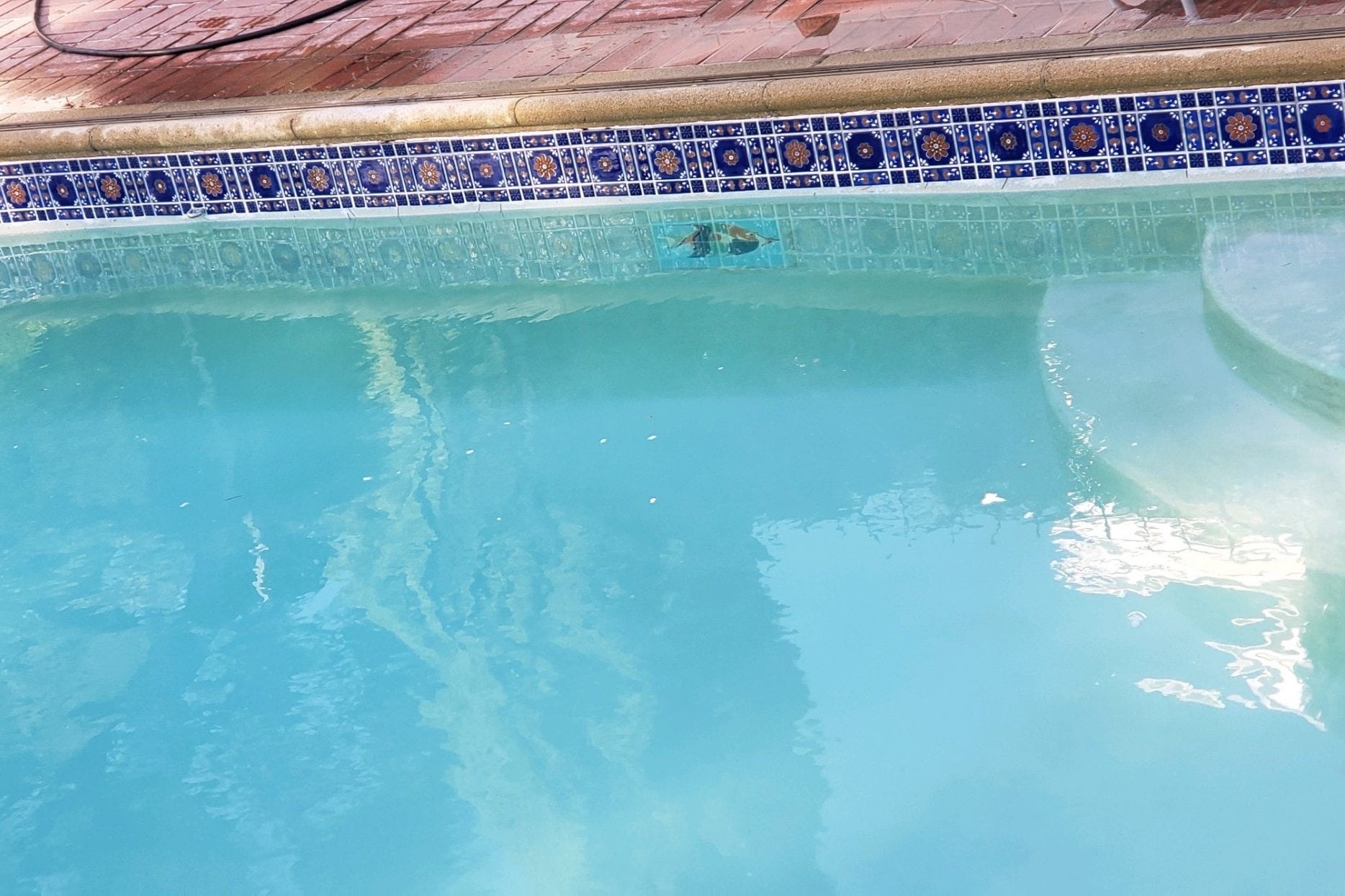

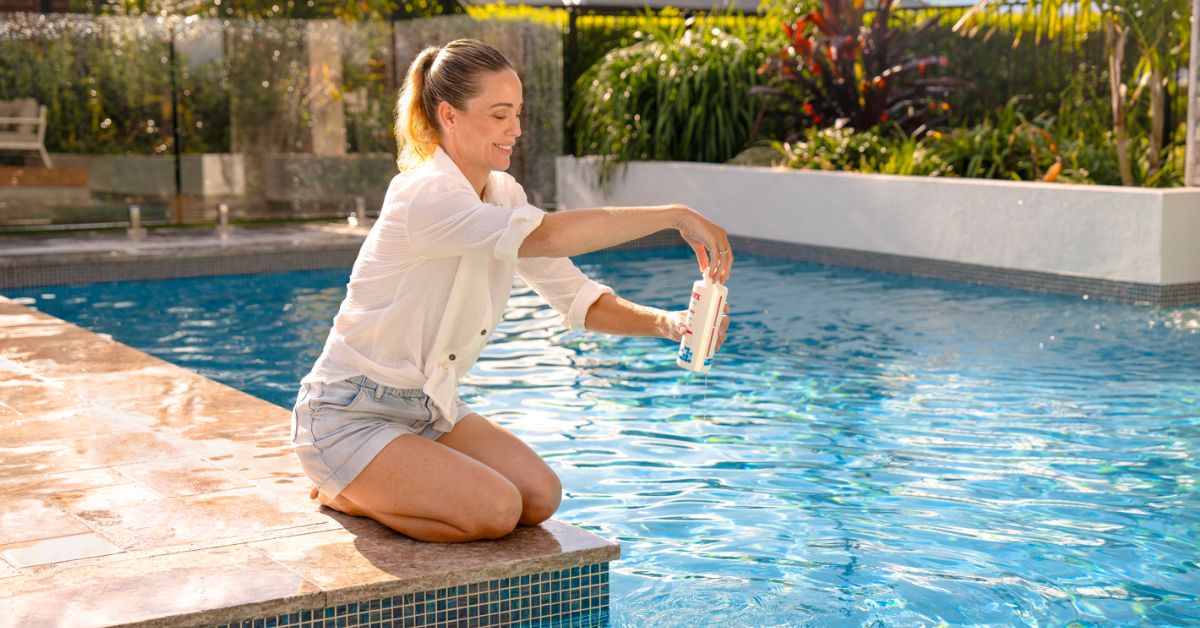

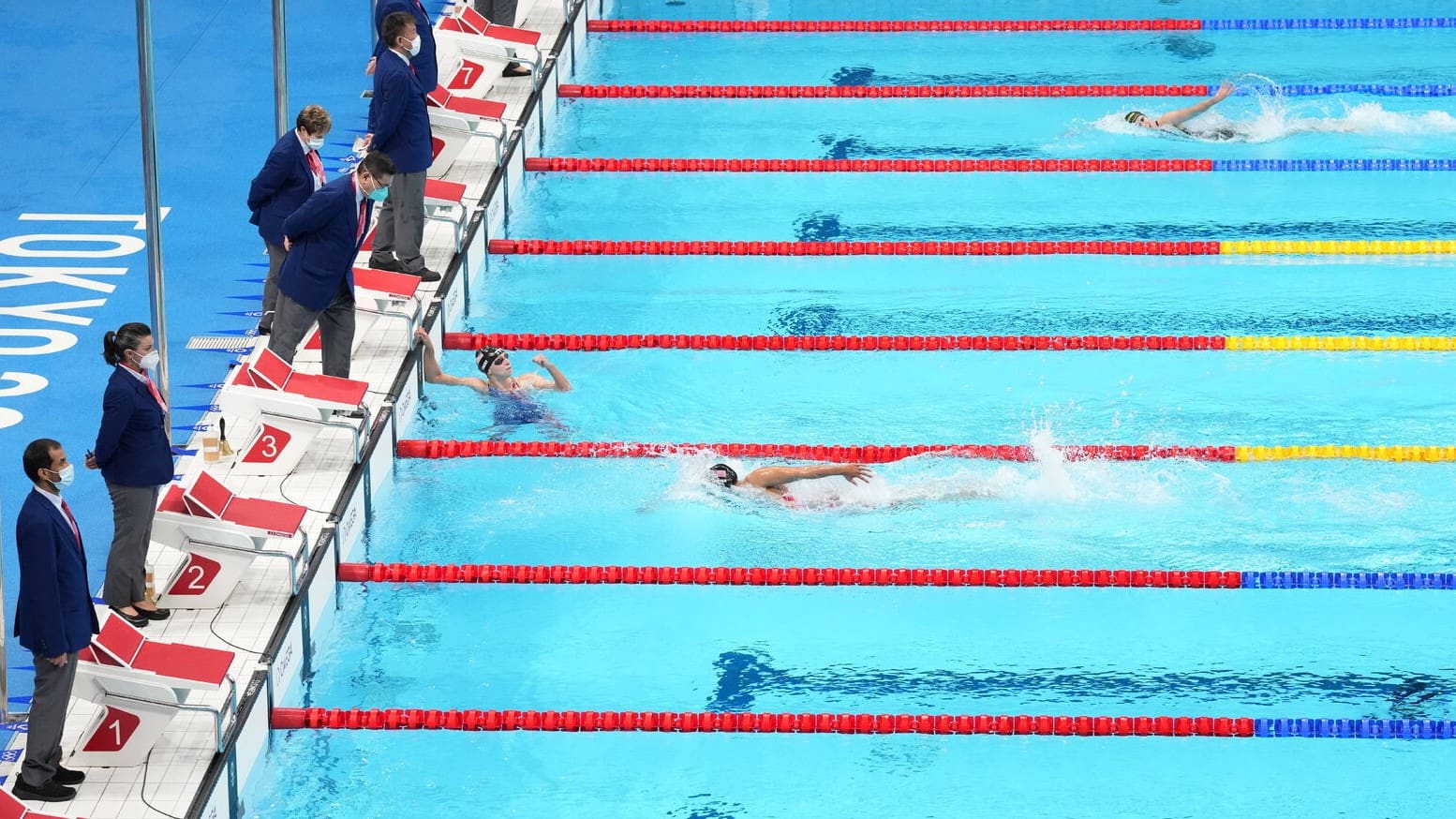


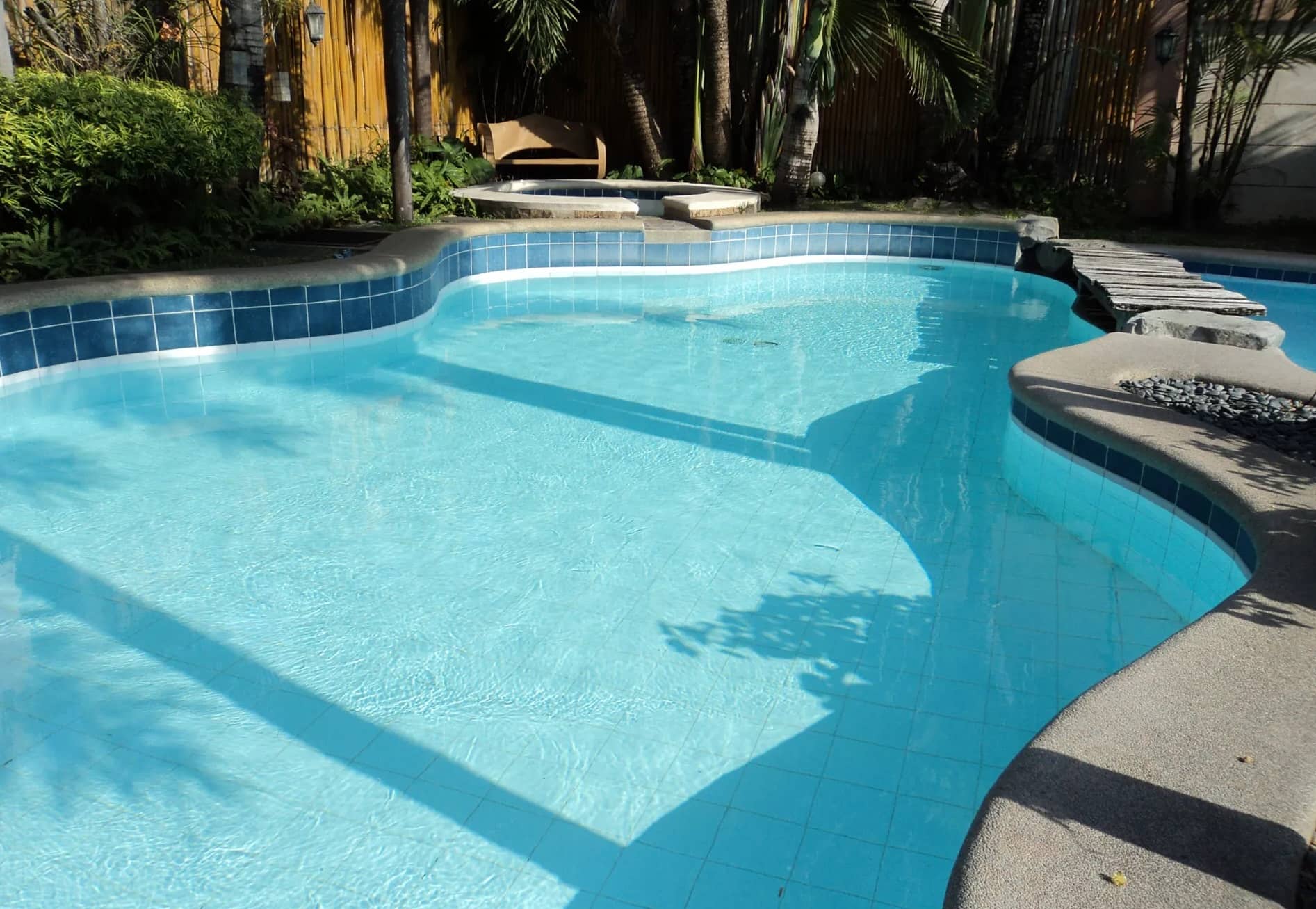


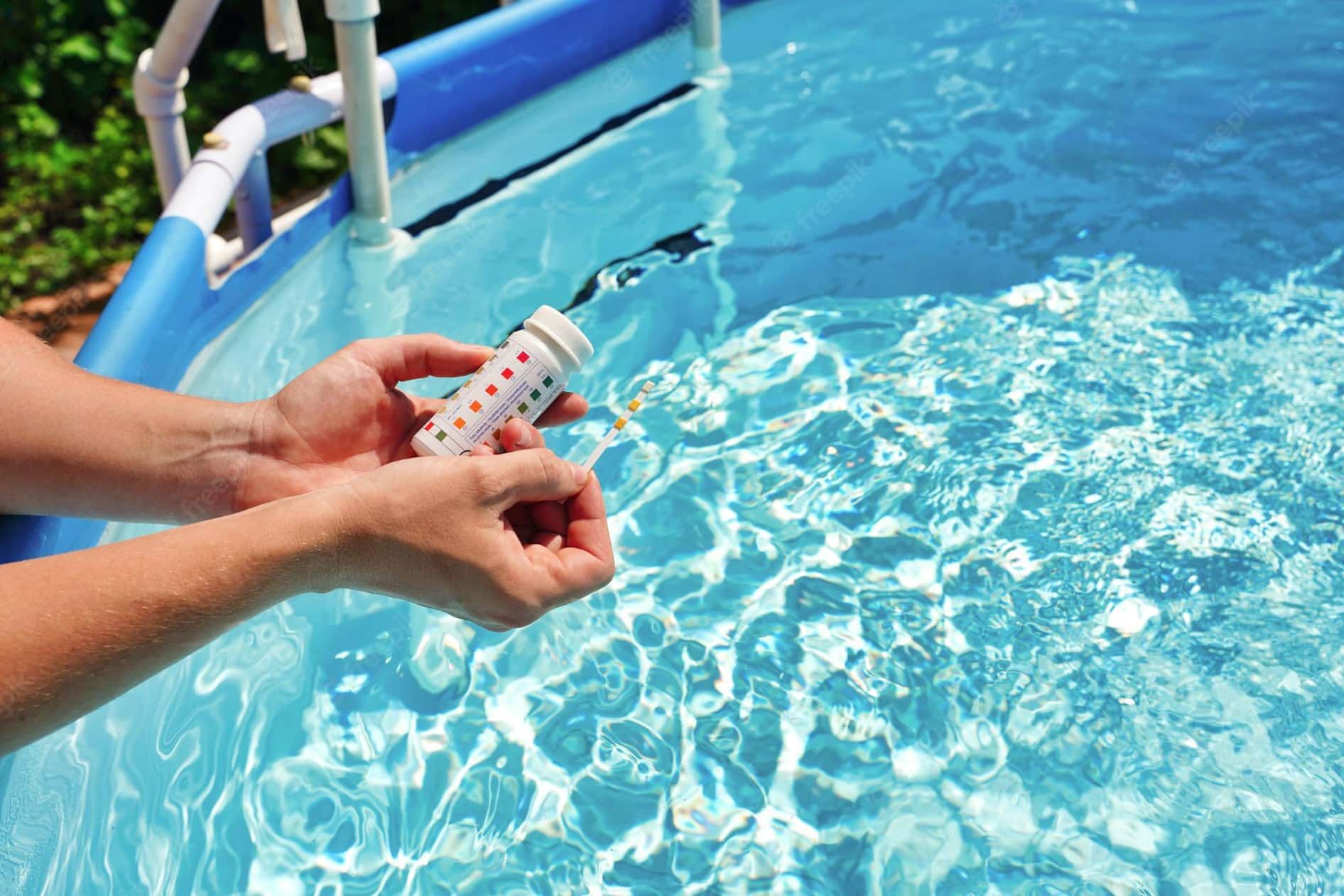




0 thoughts on “How To Remove Water From A Swimming Pool Cover”